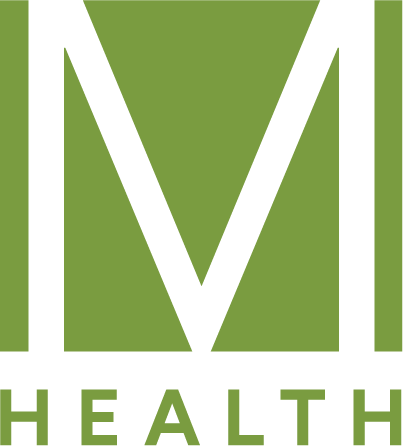340B: Hospital lifeline or trickle-down healthcare?
Can we just address the elephant in the room for a second? Healthcare is staggeringly expensive in the US. In 2020, our total healthcare spending was $4.1 trillion, which averages out to just over $12 thousand per person. [source] That’s a used car for every US citizen.
Not only is it expensive for patients, but it’s also expensive for providers, hospitals, insurers, and government payers. High healthcare costs truly affect us all—especially patients from low-income communities. This population faces major barriers in both cost and accessibility. [source, source]
Because of this, the federal government established the 340B Drug Pricing Program in 1992. [source] This program requires pharmaceutical companies to provide upfront discounts to healthcare organizations—known as covered entities—that serve vulnerable patient populations. [source, source, source] This article focuses on disproportionate share hospitals (DSHs), a specific kind of covered entity that serves patients from low-income and indigent communities, to assess some of the benefits and limitations of the program. [source, source, source, source]
Understanding 340B
The 340B Drug Pricing Program enables “covered entities to stretch scarce federal resources as far as possible, reaching more eligible patients and providing more comprehensive services.” [source] It offers these facilities around 25% to 50% savings on outpatient drugs, as well as the option to negotiate with manufactures or wholesalers for further discounts. [source] These facilities can use contract pharmacies, but they cannot sell or distribute medications to non-patients. [source] But there has been controversy surrounding the program.
For example, the use of 340B savings at DSHs has drawn some of the sharpest criticism. Non-hospital covered entities face restrictions on how they can spend their 340B savings. At DSHs, however, these funds are not specifically earmarked for programs to serve patients from low-income or indigent communities. Because these funds can be used at the discretion of the hospital, DSHs may be incentivized to allocate the savings toward their wealthier, more insured patients to generate revenue. [source, source]
Restricted vs. unrestricted use of 340B savings
Since the inception of the 340B program, the number of covered entities has increased from 8,100 to 50,000.Hospitals currently make up approximately 60% of covered entities, compared with just 10% before 2004. [source] Critics of the program note that DSHs make up approximately 80% of 340B sales. [source] Yet these facilities are neither obligated to use the savings to serve their vulnerable patient populations directly, nor required to report how these funds are used. [source] Further, DSHs that have joined the 340B program since 2004 are more likely to serve wealthier and more insured populations. [source, source]
340B medications can be distributed to any eligible patient at a covered entity, regardless of their income or insurance status. [source] Patients are eligible if they have an established presence and health record at the facility, their doctor works there, and they receive services consistent with those provided as part of the covered entity designation. [source] Since covered entities may profit by providing 340B drugs to insured patients, does this incentivize unrestricted facilities like DSHs to gear their services toward more profitable patient populations? [source]
But are earmarked programs really the purpose of these savings? As of 2020, there are 12,700 covered entities, with approximately 37,500 sites across the US. [source] 340B proponents would argue that many hospitals depend on these discounts to support the cost of operation. [source] If 340B discounts are there to help these facilities stretch their resources to reach more eligible patients and provide more comprehensive services, would the reinvestment of these cost savings into revenue generation further this goal by allowing these facilities the financial stability to remain open? [source]
Summary
At the end of the day, it’s certainly not a perfect system. Because 340B drug discounts are geared toward facilities rather than patients, it’s difficult to assess the direct value. The current structure undoubtedly provides much-needed benefits and security for covered entities as they serve vulnerable patient populations. However, the program’s trickle-down structure of providing financial incentives to facilities to then pass down to patients, combined with limited oversight, leaves it rife for abuse.
Ultimately, the ones who suffer the unintended consequences of this abuse will be the vulnerable patients served by these organizations, many of whom still face financial barriers to care. [source, source] Despite the implementation of HRSA audits and guidance to maintain the integrity of the 340B program, greater transparency and accountability is needed. [source, source] So, how can healthcare organizations and pharmaceutical manufacturers work with governmental bodies to ensure 340B fulfills its intended mission?

